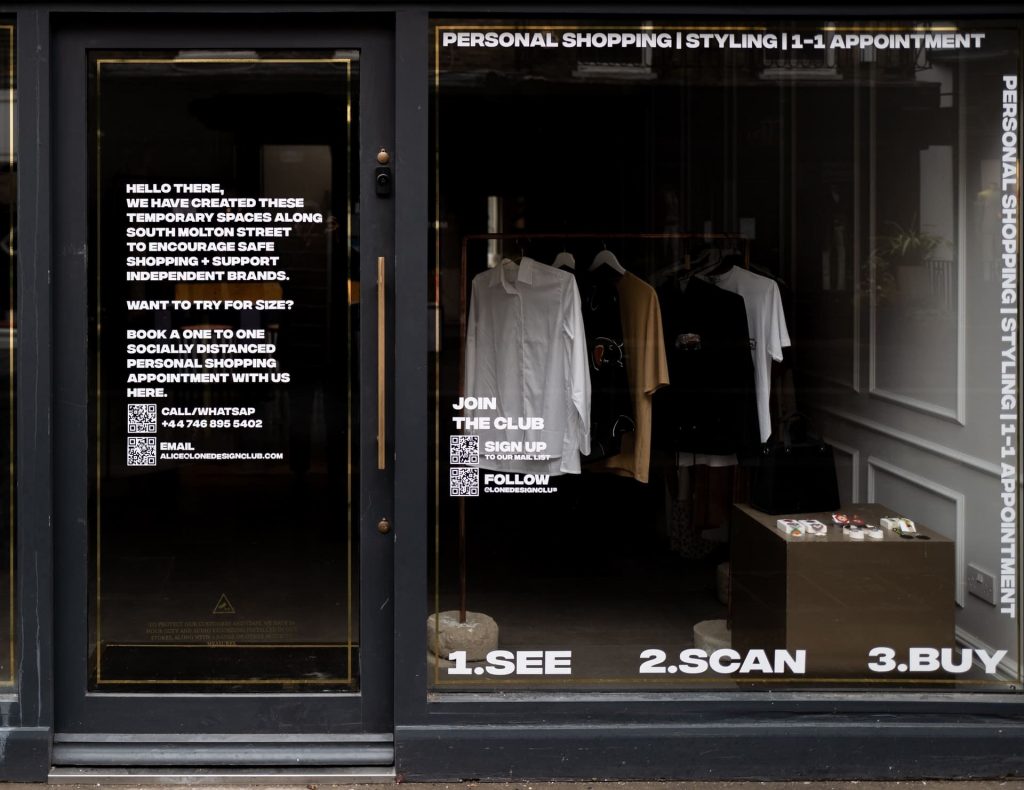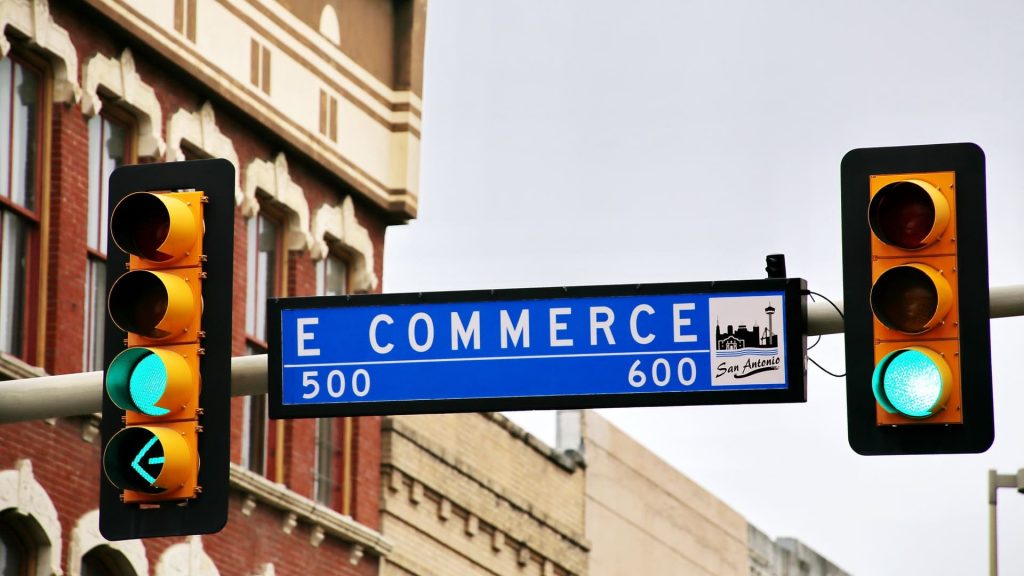These days, it seems like e-commerce is on the rise. More and more people are turning to online stores to buy their products, and businesses of all sizes are trying to get in on the action. But what is eCommerce, and how does it differ from traditional commerce?
In this article, we’ll explore these questions and more, so that you can make an informed decision about whether or not eCommerce and traditional commerce are right for your business.
1. What is eCommerce?
Before jumping into e-commerce and traditional commerce; let’s check them separately.
Ecommerce is the process of buying and selling products and services over the internet. It is a growing industry that has revolutionized how people shop and purchase products.
With e-commerce, customers can browse through a variety of products and make purchases without ever having to leave their homes. eCommerce platforms offer merchants an online marketplace where they can sell their products to a global audience. As you can see, e-commerce and traditional commerce both need products or services to sell.
2. How does eCommerce work?

Ecommerce is the practice of buying and selling products or services online. It’s a growing industry, with more than $2 trillion in annual sales. What makes e-commerce so successful is that it allows customers to buy items from anywhere in the world. In fact, two-thirds of all digital transactions take place on websites operated by merchants outside the United States.
The benefits of eCommerce for businesses are clear: More shoppers means more business. And because e-commerce sites are typically easy to use and navigate, even non-technical customers can find what they’re looking for and make purchases quickly and easily.
Merchants also benefit from increased traffic and higher conversion rates, as well as lower shipping costs and fewer returns. Ecommerce sites also create customer loyalty by providing a one-stop shop for customers’ needs, whether it’s finding the perfect product or service or solving a problem.
eCommerce and traditional commerce have similarities as you are about to read.
3. What is traditional commerce?
Traditional commerce is the act of buying and selling products or services through face-to-face interactions between buyers and sellers.
Traditional commerce has been around for centuries and is popular in countries where there are more brick-and-mortar stores. This form of commerce is often more expensive than e-commerce, but it offers a greater variety of products and services.
Additionally, traditional commerce allows for more personal interactions between buyers and sellers, which can result in a stronger relationship.

4. How does traditional commerce work?
Traditional commerce involves the buying and selling of products or services between two people or businesses.
You have a physical place for your products or services and your customers interact with you in traditional methods. These methods are phone calls or visiting the store physically.
eCommerce and traditional commerce are types of commerce and they have a lot in common like products, customers, payment, and inventory systems.
5. Ecommerce and Traditional Commerce
Traditional commerce is a form of commerce that has been around for centuries. While ecommerce is quickly becoming the norm, traditional commerce still has its place. Here are some reasons why:
-Ecommerce is faster: With ecommerce, transactions can be completed in minutes rather than hours or days. This makes it ideal for busy people and small businesses who need to make quick decisions.
-Ecommerce is more secure: Ecommerce platforms are designed with security in mind. They use encryption techniques and have customer authentication measures in place. This means that your information is safe and you don’t have to worry about your personal finances being stolen.
-Ecommerce is convenient: Ecommerce platforms are designed to be user-friendly and easy to use. This means that you don’t have to spend hours trying to figure out how to use them. All you need to do is enter your information and start shopping.
While eCommerce and traditional commerce have their pros and cons, they are two different ways of conducting business that can be beneficial to different businesses.
Ecommerce is popular in countries where there are more internet users. This form of commerce is often less expensive than traditional commerce, but it does not offer as much variety or personal interaction.
Ecommerce has become increasingly popular over the past few years due to its convenience and low cost. Moreover, ecommerce and traditional commerce turn out to find ways together. Most of the e-commerce brands are starting to open physical stores.
The biggest difference between ecommerce and traditional commerce is the flow of information. In e-commerce, nearly everything is digital. In the last years, traditional businesses started to use information technologies to catch up the day.
All of this news started to delete the border between e-commerce and traditional commerce businesses. Nowadays, it is nearly impossible not to do eCommerce so e-commerce and traditional commerce unite to generate more revenue for businesses.

6. How to start an e-commerce business
You may want to start a business. Both eCommerce and traditional commerce are your options.
Creating an ecommerce business can be a great way to make money and start your own business. There are a few things you need to do to get started: create a website, find an e-commerce platform, and build a sales funnel.
Once you have these components in place, it’s time to start selling! And platforms like VetrinaLive make it easier.





